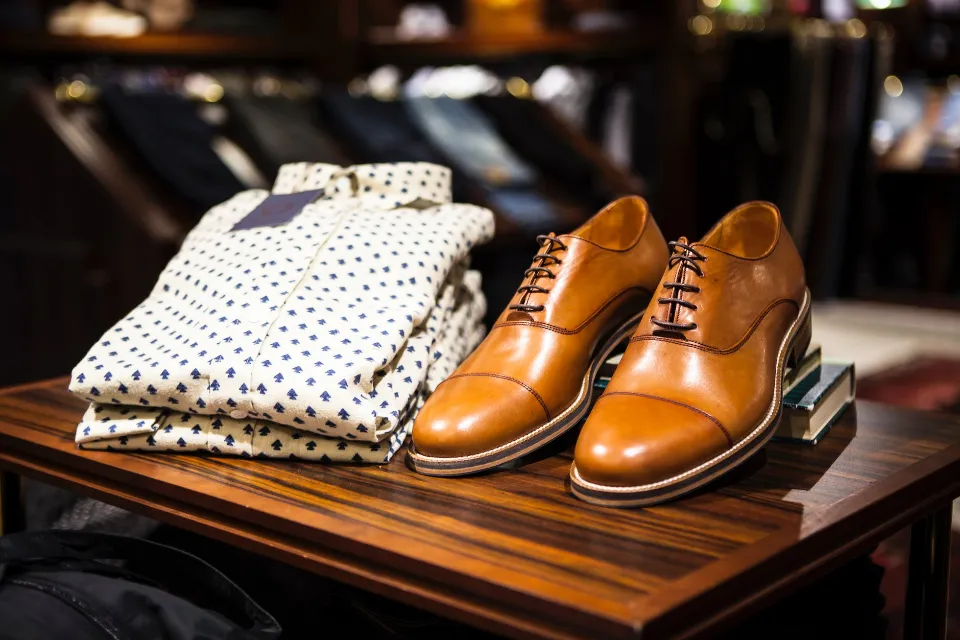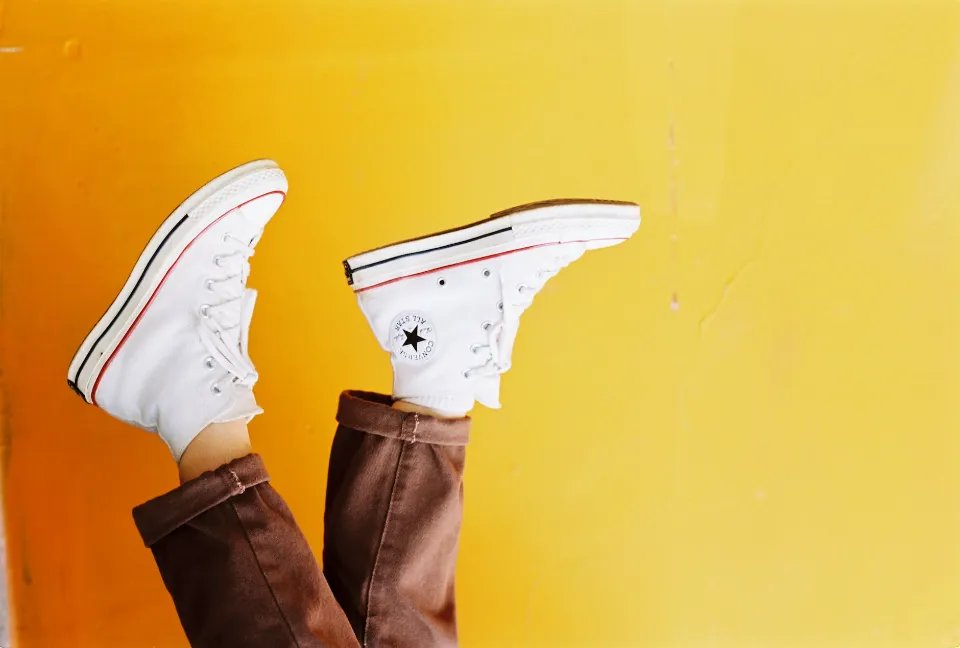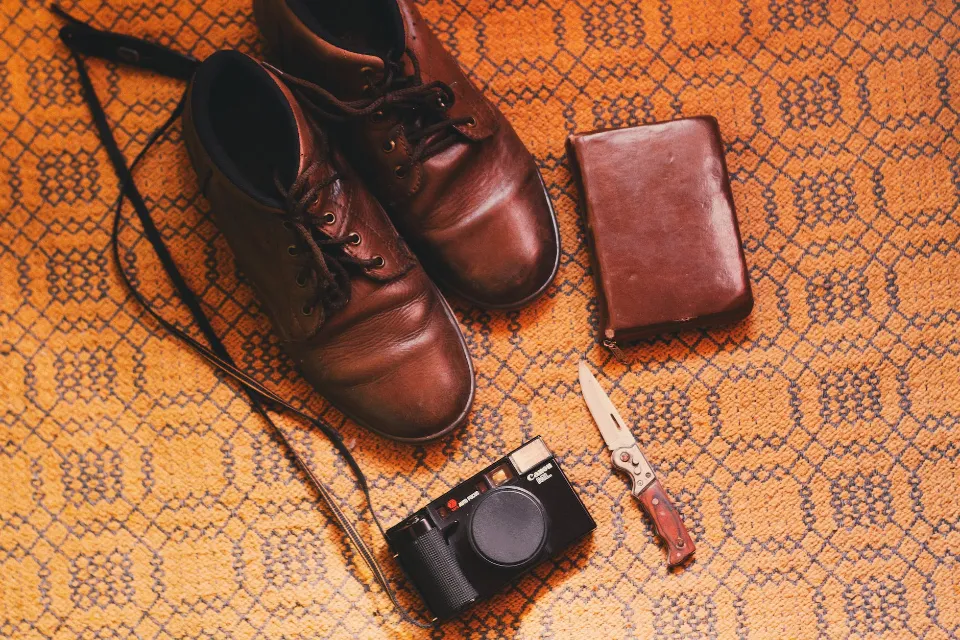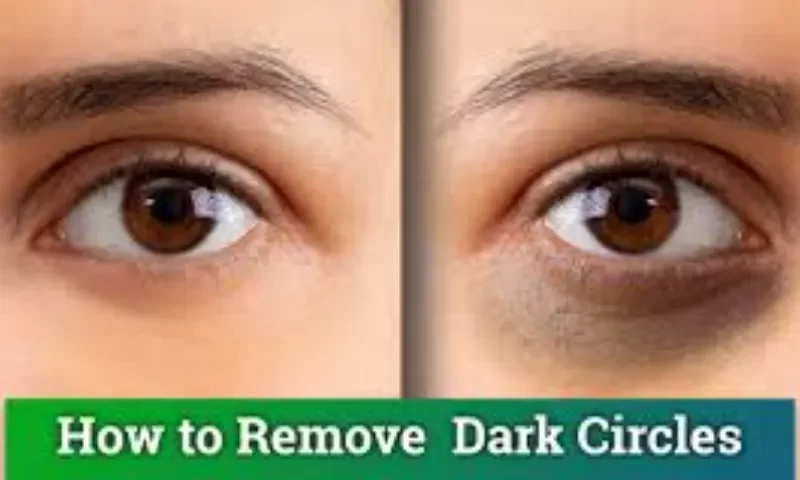If you are prone to falls or work on slippery surfaces (such as in a restaurant), getting the right non-slip shoes can help you avoid breaking bones and saving money on medical expenses. However, how do you try on shoes in a store?
If you’re wondering “what is non-slip footwear”, we’ll teach you how to tell if your shoes qualify. We’ll explore product labeling, signage, safety testing, and where to go for advice when you’re having trouble finding the best non-slip shoes. You’ll be well on your way to locating the ideal pair of slip-resistant shoes before your upcoming shift with the help of this primer.
What Are Non-slip Shoes?
Non-slip shoes are shoes specifically designed not to slip in wet and slippery conditions. When walking on slick surfaces, these shoes’ specialized rubber outsoles offer a better grip.
Non-slip footwear is extremely adaptable and can be worn in a variety of settings. These shoes offer peace of mind while drastically lowering the likelihood of trips, falls, and slips, and keeping you safe and protected from various injuries.
Non-slip shoes are popular among many people, but those who spend most of their day walking on their feet wear them the most. In anti-slip shoes, you can focus on doing your job well or having fun without worrying about slips, blisters, chafing, punctures, etc.

Necessary Elements of Non-slip Shoes
They differ from other styles of shoes in several ways. These consist of the shoe sole’s pattern, materials, and design.
Materials
Materials used in shoe manufacture come into play when they come in contact with the ground. Non-slip work shoes are usually softer on the outside, while their outsoles are typically made of rubber. As a result, they are non-slip, enabling a secure grip on greasy, slick, and slippery surfaces.
Design
The design of the shoe impacts the level of slip resistance it offers. Work boots that are designed to be non-slip have a special grip that makes them dependable.
The right pattern in the outsole creates traction and provides a grip for the wearer to prevent slipping under various circumstances. Most non-slip shoes have interlocked tread patterns ingrained under the outsole.
An enclosed tread pattern leaves no space for the liquid to go inside the outsole. Instead, it directs liquid out of the shoe, keeping your foot secure in every position.
Other Features
Other features of slip-resistant shoes set them apart from other shoe types in addition to the anti-slip outsoles.
- Many anti-slip shoes are made with hexagonal tread patterns on their outsoles.
- Most slip-resistant footwear has soft but sturdy EVA rubber soles.
- In many cases, their collars are heavily padded.
- An orthotic footbed with excellent arch support and a cushioned insole are typical features of non-slip footwear.
- They frequently have waterproof or water-resistant uppers.
- Their toe boxes are roomy.
You can therefore benefit from wearing slip-resistant shoes if you must walk or stand on your feet for extended periods of time or work on wet, greasy, or otherwise slick floors. On top of that, these can keep your feet, heels, ankles, and calves comfortable and stable, reducing or preventing fatigue and strain and allowing an all-day comfort.
How to Know If Shoes Are Non-slip?
View Shoe Appearance
There are a few key indicators of non-slip footwear that you can look for if the product labeling or online descriptions are silent on the subject. These usually include:
- Rubber soles– While many non-slip shoe soles are typically made of rubber or a synthetic rubber substitute, polyurethane soles are a top choice for restaurant workers because of their high quality slip resistance and cushioning that doesn’t degrade over time.
- Tread patterns– Shoes designed to prevent slipping always have complex tread patterns with many different rows of teeth. As trapped grease and food can reduce the slip resistance, it’s crucial to make sure you clean these treads regularly. Maintaining the quality of the treads while you’re working on a slippery floor, can prevent you from any accidental falls.
- Thick soles – The soles of non-slip shoes are typically thicker than ordinary shoes. Increased foot support for prolonged standing and walking is provided by thicker soles, which also offer additional protection against stepping on sharp objects.
Even though there are now many different designs and colors available for non-slip shoes, all-black styles continue to rule the market. So, if you’re studying a pair of shoes that meet the qualifications above and they’re all-black, you’ve likely found a non-slip pair.

View Product Tags
A work shoe won’t always be immediately apparent as being non-slip at first glance, whether you’re considering wearing a safety shoe you already own or searching local shops for a new pair. In contrast to earlier non-slip footwear, which tended to have a more classic appearance, modern non-slip footwear is available in a wide range of styles, dimensions, and hues.
A non-slip shoe’s product tag, or the product description if you’re shopping online, is the first place to look for information. If you’re examining a pair of shoes in person, there are two places you can look for information when looking for the best shoes for you:
- 1 A product tag inside of the work shoe
- 2 A brief description inscribed into the rubber sole or the tongue
The following is a list of the upcoming events.
Ask a Shoe Retailer
Ask a professional for advice if there are no prints on your shoes, you’re unsure if your pair exhibits the telltale signs, or you’re not sure after performing an at-home test.
Obtain advice from a local shoe retailer by stopping by. Your neighborhood shoe expert has seen thousands of pairs of shoes and can probably tell right away if your shoes will keep you safe on greasy dining room, kitchen, and bar floors.
Try It On
If you’re trying to determine whether a pair of shoes you already own will keep you upright on your workplace’s greasy kitchen floor, it is best to test out your shoes in a controlled environment before donning them for dinner service. Since it’s not often you will have access to testing in a controlled environment, here are a couple tips to keep in mind when testing the slip resistance on your own:
- It is always best to compare non-slip soles to soles from a different pair of shoes when testing them. Understanding how much traction various shoe sole materials provide will be made easier by this comparison.
- If you have access to test your shoes on wet flooring, or an ultra-shiny or polished surface, it is important to be extra cautious as to not cause any accidental falls. Pay attention to your foot’s stability, the traction of your shoes, and how they feel on a shiny surface.
If you feel the urge to fall when you test out your shoes, it’s likely that they won’t prevent you from falling while you’re working. You can probably wear the pair on your next shift if your shoe firmly grips the smooth surface and you feel secure while performing the test.
Conclusion
It’s time to purchase a pair of non-slip shoes now that you have a solid understanding of what they are and how important they are. Even though you can modify your current footwear to be non-slip, it’s best to have a pair of high-quality shoes that won’t let you down when the going gets slick. As you now know, falls and slips can result in serious injuries that no one wants. Wearing non-slip footwear is among the best ways to stop this.



